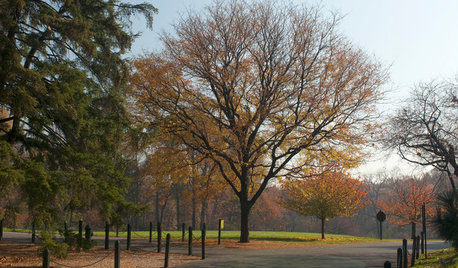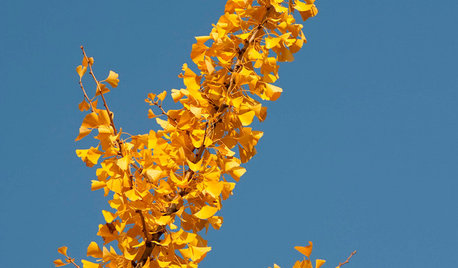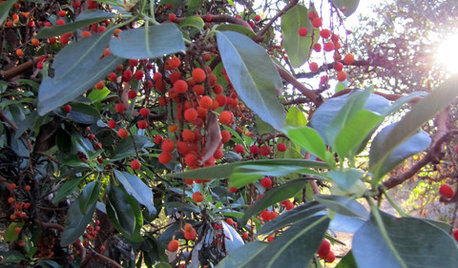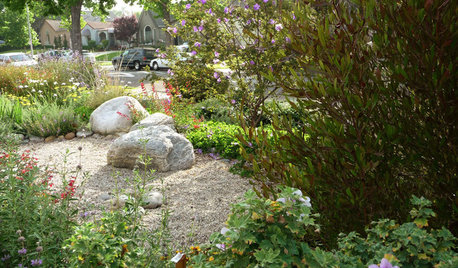Your most disease-tolerant tomato plants?
anney
14 years ago
Related Stories

EDIBLE GARDENSSummer Crops: How to Grow Tomatoes
Plant tomato seedlings in spring for one of the best tastes of summer, fresh from your backyard
Full Story
GARDENING GUIDESGreat Design Plant: Rosa Banksiae a Low-Maintenance Beauty
This thornless, disease- and insect-resistant rose brings showers of white or yellow flowers to the spring garden
Full Story
GARDENING GUIDESGreat Design Plant: Honey Locust Tree
No, it doesn't actually produce honey. But its dappled light and tolerant nature are treats in city and country settings alike
Full Story
GOLD FOLIAGEGreat Design Plant: Ginkgo Biloba
This ancient tree provides shade, tolerates urban planting conditions and explodes with golden yellow fall color
Full Story
GARDENING GUIDESGreat Design Plant: Arbutus Menziesii
This drought-tolerant West Coast native tree thrives with minimal water in difficult garden spots
Full Story
FARM YOUR YARDHow to Build a Raised Bed for Your Veggies and Plants
Whether you’re farming your parking strip or beautifying your backyard, a planting box you make yourself can come in mighty handy
Full Story
EDIBLE GARDENSGarden BFFs? Why Your Vegetables Are Begging for Companion Plants
Foster friendships among plants for protection from pests, pollination support and color camaraderie
Full Story
GARDENING GUIDESGreat Design Plant: Dodonaea Viscosa
Florida hopbush’s lush foliage adds beauty to the arid landscape, while its size provides screening and privacy
Full Story
GARDENING GUIDESWe Bust 4 More Native Plant Myths
Have you been taken in by these fallacies about gardening with native plants?
Full Story
GARDENING FOR BUTTERFLIES3 Ways Native Plants Make Gardening So Much Better
You probably know about the lower maintenance. But native plants' other benefits go far beyond a little less watering and weeding
Full StoryMore Discussions







digdirt2
jerrya
Related Professionals
Windham Landscape Architects & Landscape Designers · Desert Hot Springs Landscape Contractors · Homewood Landscape Contractors · Middletown Landscape Contractors · Monterey Landscape Contractors · Mount Sinai Landscape Contractors · Thornton Landscape Contractors · Ames General Contractors · Brighton General Contractors · Cheney General Contractors · Everett General Contractors · Green Bay General Contractors · Chesapeake Ranch Estates Stone, Pavers & Concrete · Commerce City Decks, Patios & Outdoor Enclosures · Saint Louis Park Decks, Patios & Outdoor Enclosuresbigdaddyj
anneyOriginal Author
larryw
mojavebob
pennyrile
dstucki85
anneyOriginal Author
rj_hythloday
digdirt2
bigdaddyj
slo_garden
anneyOriginal Author
Fred_in_Maine
jbann23
digdirt2
pickinpink
Fred_in_Maine
anneyOriginal Author
carolyn137
korney19
carolyn137
korney19
carolyn137
momesqny
missingtheobvious